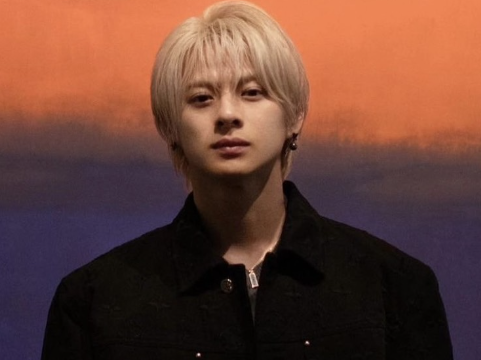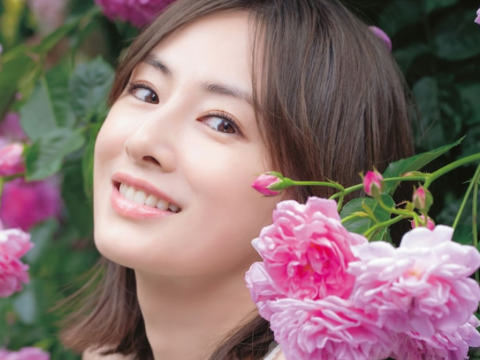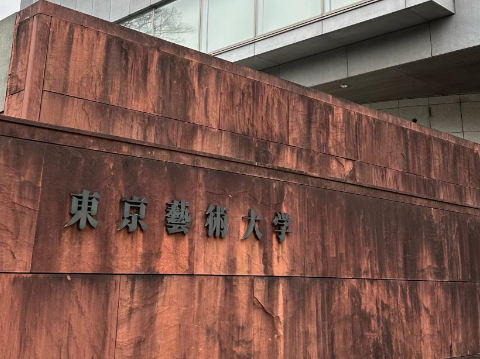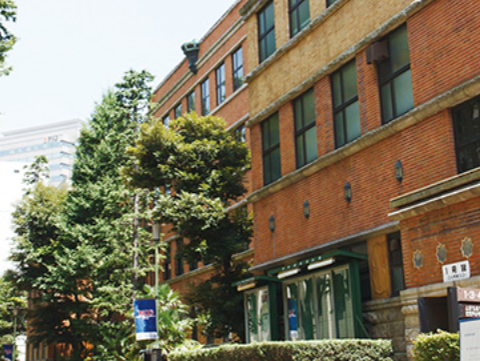【连载】日语与英语的差异(3)
[日语]桜の下を抜け、平成の出開帳を拝んできた。上野の東京国立博物館で始まった「阿修羅(あしゅら)展」だ。奈良興福寺の創建1300年を記念し、寺宝の数々が並ぶ(6月7日まで)。国宝阿修羅像の上京は57年ぶり2度目という。
[英语]Walking beneath cherry blossoms, I went to Ueno in central Tokyo for a public viewing of an image of Ashura that opened at the Tokyo National Museum. The exhibition, which commemorates the 1,300th anniversary of the Kohfukuji temple in Nara, runs through June 7 and also features other treasures of the temple. It is the second time for the national treasure Ashura to visit Tokyo. The last time was 57 years ago.
[汉语]穿过一片樱花,我来到东京市中心的上野,观看在东京国立博物馆展示的阿修罗像。这次展示是为了纪念奈良兴福寺建成1300周年,6月7日结束。除了阿修罗像之外,还展示了兴福寺的其他宝物。这是国宝阿修罗像第二次来到东京,上一次是57年前。
[注释]
①日语第一句的后半部分「平成の出開帳を拝んできた」没有译出,译者将前半部分与第二句合并在一起。
②日语第二句「... 阿修羅展だ」是表语结构,但译者改为主语-谓语结构,也就是「I went to Ueno ...」。在日译英时,经常将判断助动词(だ、である)结尾的表语结构,改为主语-谓语结构。
③日语第三句也被改写。这句话的主要意思是「寺宝の数々が並ぶ」,次要意思是「6月7日まで」,但英语译文正好将两者颠倒,「runs through June 7」变成主要意思,「features other treasures of the temple」变成次要意思。
④日语第四句被拆分成两句英语。如果不拆分,译文是:
It is the second time for the national treasure Ashura to visit Tokyo after 57 years.
卡西欧电子词典 直降冰点价:EV-SP3900(英汉日版)送特惠套餐!
| 感悟日本套餐 | 日语轻松入门(初阶)(含MP3光盘) | 日语轻松入门(中阶)(含MP3光盘) |
- 相关热点:
- 日本历史












